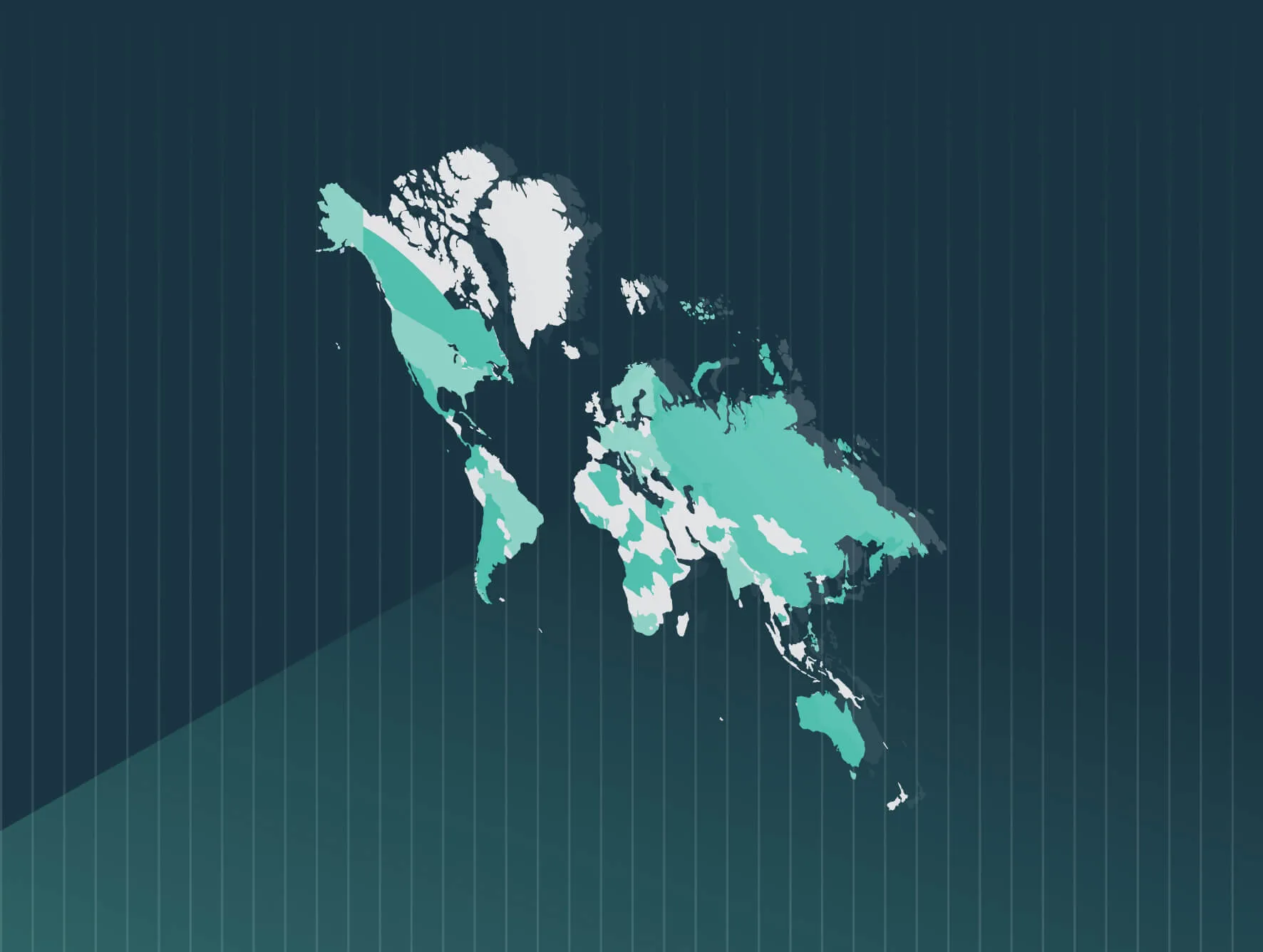Equal Pay Day falls on March 14th, symbolizing the additional number of days a woman must work into the new year to earn the same amount as a man did in the previous year. This date holds significance because on average, women are paid only 82% of what men earn.
It’s a stark reminder that pay inequalities between genders are still very much present in our society. Equal Pay Day serves as a crucial reminder to raise awareness and push for changes toward achieving pay equity for all. It will take time, but our nation is actively working toward closing the gap.
In fact, Forbes predicts that 2023 will be a “banner year” for pay transparency in the U.S. Many states, like New York, California, and Washington, have enacted new pay transparency legislation in the past few years. Many more are considering doing the same. Massachusetts seems to be next in line.
A New Massachusetts Transparency Law Is in the Works
As of February 2023, several pay equity bills are pending in the Massachusetts legislature. One such bill, An Act Relative to Pay Equity (Bill S.2721), seeks to advance racial and gender wage equity by requiring employers to report wage information publicly. In addition, the Massachusetts House of Representatives is considering another pay reporting act, titled An Act Relative to Salary Range Transparency (HD 2814). If passed, this act will require any employer with fifteen or more employees in Massachusetts to disclose the pay range for any position they post, as well as promotions or transfers.
Pay Disparities Persist in Massachusetts
These new state transparency laws are meant to build upon Massachusetts Equal Pay Act (MEPA), a pay equity bill designed to foment equal pay and opportunities for all Massachusetts workers. Notably, the MEPA was the first U.S. bill to ban employers from asking prospective employees about prior compensation. It’s a much-needed addition, given the Bay State’s history of pay discrimination.
Despite the passage of the MEPA, pay gaps persist. For example, take this alarming statistic from a One Fair Wage study: On average, Black female employees made $7.79 less per hour than white men in the same positions in the restaurant industry for front of the house tipped positions. The existence of a significant wage gap based on race and gender is a clear indication that enforcement of equal pay legislation has been inadequate. Despite the establishment of the Equal Pay Act in 1963, progress has been slow.
Based on the evidence of the intractable pay gap, the duty lies in lawmakers to enact legislation that forces employers to account for their pay practices and address disparities.
MEPA and the Boston Symphony Orchestra
A pay disparity lawsuit tested how Massachusetts Equal Pay Act could be applied to ending unfair wage gaps. Flutist Elizabeth Rowe filed suit against the Boston Symphony Orchestra, claiming she was paid only 75% of the principal oboist’s salary, even though she was performing “comparable work” to the male oboist, according to MEPA. Under the MEPA, “comparable work” is defined as work that requires equal skill, effort, and responsibility, and is performed under similar working conditions within the same establishment.
The suit was settled, with details remaining unpublished. However, the Boston Symphony Orchestra did release a statement saying that all parties were satisfied with the results. The orchestra also promised to “collaborate with musicians, staff, and other leaders in the field to accelerate the process of achieving gender parity.” It remains to be seen how MEPA and the use of the “comparable work” argument will affect gender pay going forward.
Be Proactive with Pay Transparency
Equal Pay Day isn’t a holiday for celebrating. Rather, it’s meant to remind us that more effort is needed in order to close the wage gap. But every advancement toward fair pay is a cause for celebration.
To get there, pay equity laws are just one part of the equation. What’s the other part? Employer proactivity. It’s important to note that ending pay discrimination rewards not only workers but employers as well. Well-paid employees become satisfied, willing, and loyal team members. Good pay also leads to good PR, giving your organization more opportunities to attract and retain talent, as well as appeal to investors. Where can you start? We suggest analyzing your organization’s compensation data to spot any pay disparities before legislation is enacted and enforced.
By joining the pay parity effort not only are you doing the right thing but you may also avoid costly regulatory penalties and potential lawsuits due to non-compliance. Ideally, seek help from a third party with an external perspective. By doing so you’ll avoid the complexities of an internal audit, inspire more trust with employees, and the findings will be legally defensible.
A comprehensive pay equity audit performed with Trusaic’s PayParity will clearly identify the existence of any pay disparities and suggest detailed, actionable steps to remedy them. Our Salary Range Finder® combines internal pay equity audit data with LightcastTM external market data, allowing organizations to confidently establish fair and equitable salary ranges for each job and prevent pay inequity from being created. In case you are hesitant to carry out an analysis for fear of employee retaliation over its findings, here’s some good news.
Massachusetts (and many other states) protects organizations from lawsuits that stem from performing a pay equity analysis by providing safe harbors. State governments seek to incentivize companies to make adjustments and close wage gaps without the need for sanctions.








